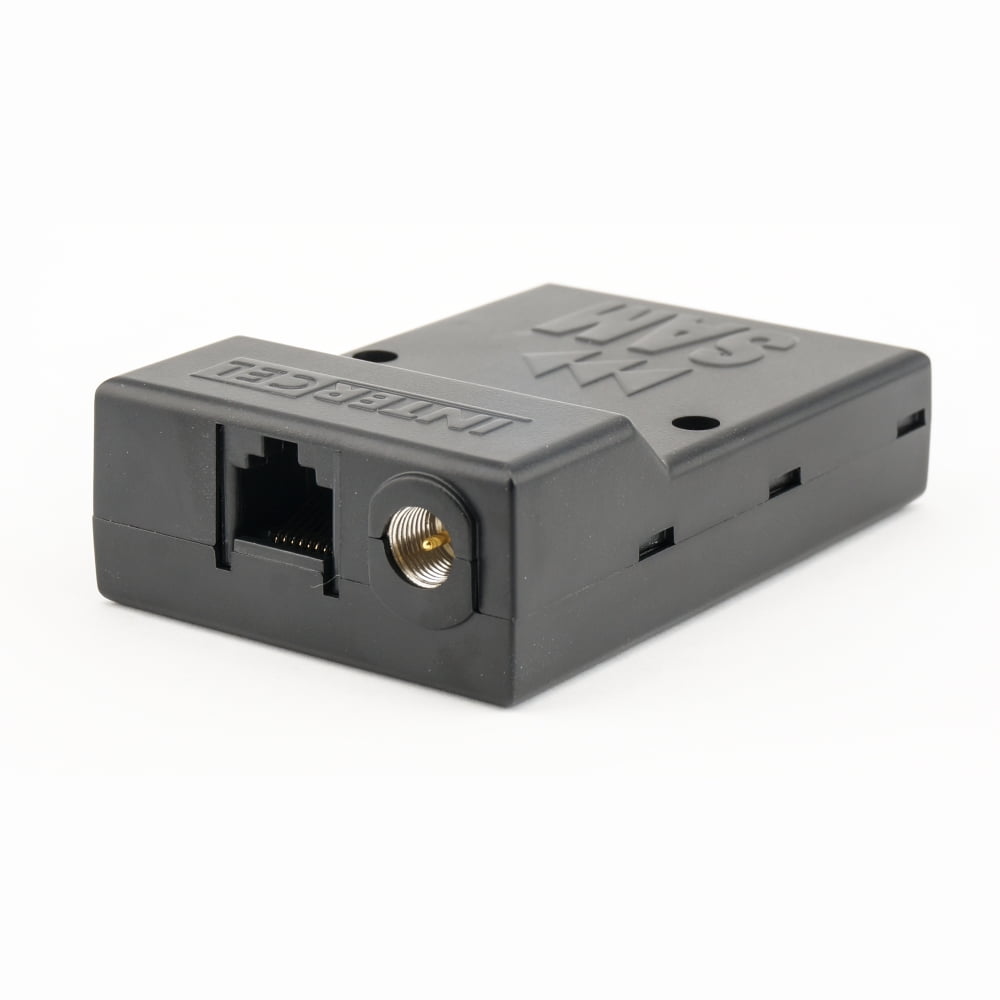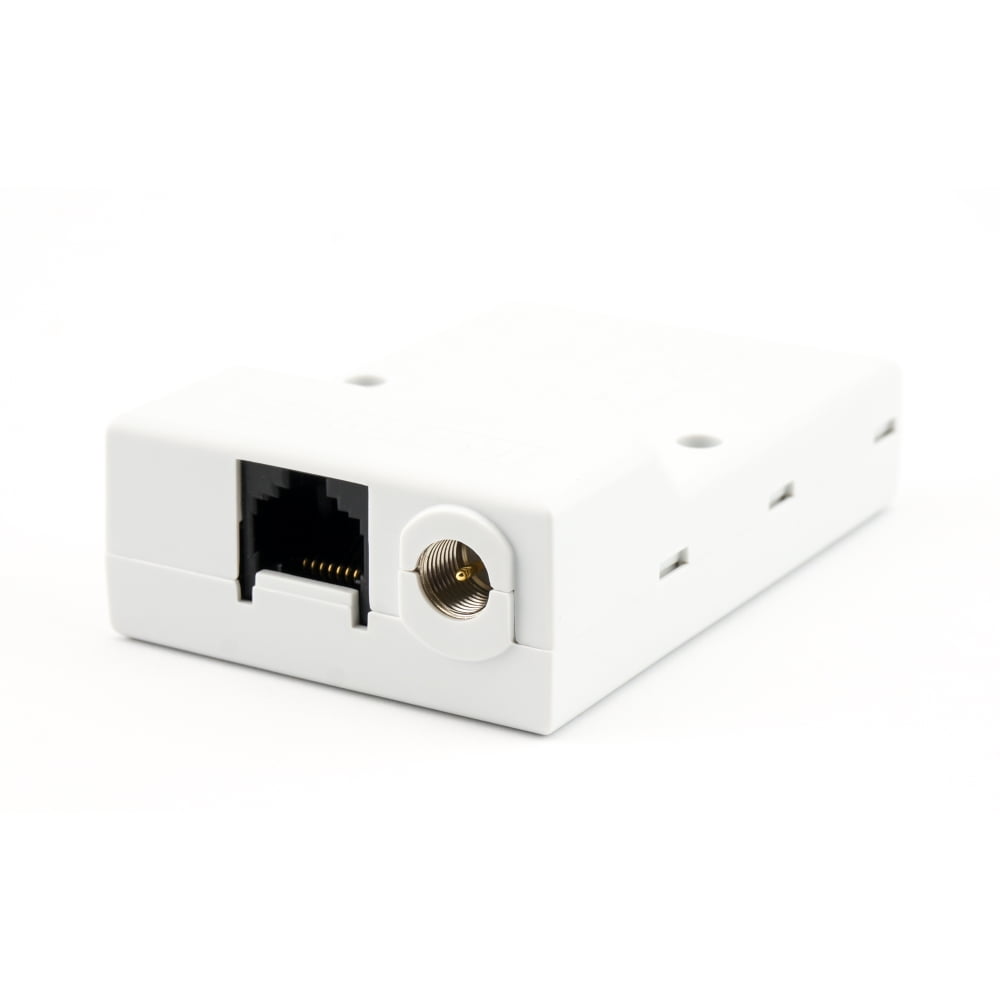Best Industrial 4G Cat M1 & NB-IoT Modems
Intercel’s 4G Cat M1 serial modems give solid network to sequential gadgets utilizing the most recent 4G Cat M1 advancements. They can likewise be utilized as USB Modem’s, to give network to gadgets over USB. Broadly utilized in the metering business, the modem has an RJ-45 connector for both RS-232 and power flexibly. The modem has no uncovered conductive surfaces once introduced, to offer extra security when working with high voltage.
Incorporated with the modem is a locally available processor running Intercel’s TCP/IP stack. The processor includes extra highlights, for example, Dynamic DNS and Remote Access, and lets the industrial 4G LTE modem routers go about as either a savvy modem or as an idiotic modem relying upon what is required for your application.
The CatM1 and NB-IoT modems offer expanded range over regular Cat 1 modems, at a progressively serious expense yet with less speed. For applications where speed and idleness are progressively significant, at that point our 4G Cat 1 modems, for example, the SAM4Q and SAM4T would be increasingly reasonable. Feline M1 is most appropriate for applications where just a limited quantity of information should be transmitted every day, for example, metering.
The SAM4X modems are the most recent in a progression of sequential modems extending back to 2G cell – it is a demonstrated and dependable answer for the portable network, with an astounding reputation. You can without much of a stretch introduce the SAM4X modems instead of the 2G and 3G adaptations, as they have a similar structure factor and use similar connectors and a practically identical AT order set.
The SAM4X modems are expected to supplant GSM Serial Modems, 2G Serial Modems, 3G Serial Modems, and 3G USB Modems.
The SAM4X furnishes similarity with the urgent Band 28 (700Mhz) recurrence band notwithstanding the 850, 1800,2100, and 2600 MHz groups. While working in Cat M1 mode, the modem is equipped for 300Kbps Download and 375 Kbps Upload. In NB-IoT mode, this lessens to 32 Kbps Down and 70 Kbps Up.
The SAM modems utilize modernly appraised parts and work over a temperature scope of – 30C to +85C. They are associated utilizing either RS-232 sequential or USB and run from a graceful voltage of 5V DC to 32V DC.
Since ostensibly the 3G time, the quantity of gadgets with 3G and 4G network has extended fundamentally. Phones, yet in addition watches, tablets, PCs, PCs, caution frameworks, and even home broadband frameworks are on the whole now accessible with 4G availability. This has brought about more popularity set on the 4G foundation than previously, yet in addition in an interest that is separating between applications requiring high throughput and execution – telephones and home web – and applications that require almost no throughput, however, organize ease and a long-range – applications like metering and remote observing.
One reaction to this test is LoraWAN and SigFox, two innovations planned for giving a minimal effort however long-run answers for sending short messages. While the two innovations have merit, neither has the inclusion nor demonstrated record of a significant cell transporter. While both are alluring advances, particularly Lora’s utilization of the open range, they are as yet not ready to coordinate major cell suppliers as far as inclusion or dependability.
The reaction to this prerequisite for 4G LTE is the new and contending CAT-M1 and NB-IoT guidelines. The two norms are on a very basic level like 4G Cat 1 yet are intended to utilize a much smaller piece of transmission capacity. This permits the bearer to join more gadgets to a similar pinnacle and in this way lower costs. These modules are additionally intended to devour less force than customary 4G Cat 1. Feline M1 and NB-IoT still utilize a similar range as Cat 1 and other traditional 4G advances, however, they utilize it less regularly and they utilize less of it. Our Cat M1 and NB-IoT modems are Band 28 mechanical modems.
Cat M1 / NB-IoT Comparison
Of the two arrangements, Cat M1 is the more evolved and well known. Feline M1 is the better arrangement, fit for accomplishing 375Kbps download, and 375 Kbps transfer contrasted with NB-IoT’s 32Kbps down and 70Kbps up. Feline M1 is likewise intended to move from tower to tower, while NB-IoT is intended to be utilized with a solitary pinnacle in a fixed application. Feline M1 is likewise the main broadly conveyed choice right now. Feline M1 is bolstered by the Telstra arrange, while NB-IoT isn’t yet accessible.
Intercel offers two items for the Cat M1 and NB-Iot advertise – the SAMXQ and the SAM XT. The two items are sequential modems, and both help both NB-IoT and Cat-M1. SAMXQ and SAMXT are both NBIoT sequential modems and 4G CATM1 sequential modems. The end-client can change the gadget mode with an AT order. The two items bolster Band 28 on the Telstra Network (likewise called 4GX) – they are both Band 28 modems.
We don’t as of now intend to discharge a Cat M1 or NB-IoT ethernet modem. Ethernet applications regularly need a higher speed association than is accessible on Cat M1 or particularly NB-IoT. For clients requiring a Band 28 modem switch, we would suggest our eSAM or Ultra eSAM modem switches. These Band 28 modern modem switches are accessible with Cat 1 through Cat 6 execution.
Those requiring a 4G CAT M1 mechanical sequential modem will see our SAMXQ and SAMXT as most appropriate. These modems are identical to our SAM4Q and SAM4T, however, we use a Cat M1/NB-IoT module rather than a Cat 1 module. Something else, the modems are practically the equivalent.
Cat-M1/NB-IoT Considerations
Before conveying a Cat-M1 or NB-IoT arrangement, you should think about the necessities of your application as far as transmission capacity and inclusion. This is particularly valid for NBIoT sequential modem applications, as the NB-IoT arrange isn’t yet generally conveyed, and as the modem can’t fall back to ordinary 3G or 4G administration. While NB-IoT is an alluring innovation for metering, particularly water metering, you should guarantee that the low speed of the innovation is as yet ready to meet your prerequisites. Mechanical NBIoT sequential modems are not yet bolstered by Telstra or Optus as they have not conveyed Nb-IoT to their system, yet it is upheld by Vodafone.
4G CATM1 sequential applications are to some degree more straightforward to consider. Feline M1 is slower than Cat-1, yet it isn’t as radically delayed as NB-IoT. This implies it very well may be utilized in more applications. Feline M1 is likewise as of now sent by Telstra on a considerable lot of their base stations (counting Band 28), so inclusion for Cat-M1 is better. As fall back to 3G or Cat 1 is beyond the realm of imagination, inclusion would not be in the same class as 4G Cat 1. This is balanced to some degree by the more drawn out range and the better entrance of 4G Cat-M1. You may discover a few circumstances, for example, underground structures, where Cat M1 can get a sign however ordinary Cat 1 can’t.
Band 28 (700Mhz) is a key range for the Telstra organize. Due to its generally low recurrence, this band offers the incredible range and gives inclusion particularly in local or remote zones. Intercel has a scope of Band 28 modern modems and Band 28 modem switches including the SAM4, eSAM, Ultra eSAM, and now SAMX modems. While these other Band 28 modems likewise incorporate 3G inclusion and inclusion for various groups, Cat-M1 and NB-IoT just have inclusion for a restricted scope of frequencies and no 3G fall-back. Luckily, Band 28 is so generally conveyed that you despite everything get amazing inclusion without these additional groups.
i. Most important here is Band 28, which is covered by Telstra and Optus and Widely used.
ii. Least important is Band 40, which is only offered by Optus in some areas
If you are considering deploying 4G CAT M1 industrial serial modems or industrial NBIoT serial modems, please contact Intercel for advice and support. As this is new and rapidly changing technology, it is best to contact us for the most up to date information




 ABN: 13 007 077 161
ABN: 13 007 077 161